The single most important question for succulent care is how to water your succulents. And absolutely vital to proper watering is using the right soil. Whether they grow indoors or out, in containers or in the ground, succulents require fast-draining soil. There are a number of ways to achieve great succulent soil. Whether you purchase succulent potting mix or do a custom blend of your own, it is important to understand what succulents need from their soil. We’ll dig into all the issues, and at the end check out my succulent soil FAQs!
Best Soil for Succulents
In this Post We'll Cover:
{Please note, some links in this post may be affiliate links to sites that pay me a small commission if you click on the link and make a purchase. This commission is at absolutely no cost to you. I only recommend products and companies that I have worked with and truly love! ~Kat}
Why Do Succulents Need Soil?
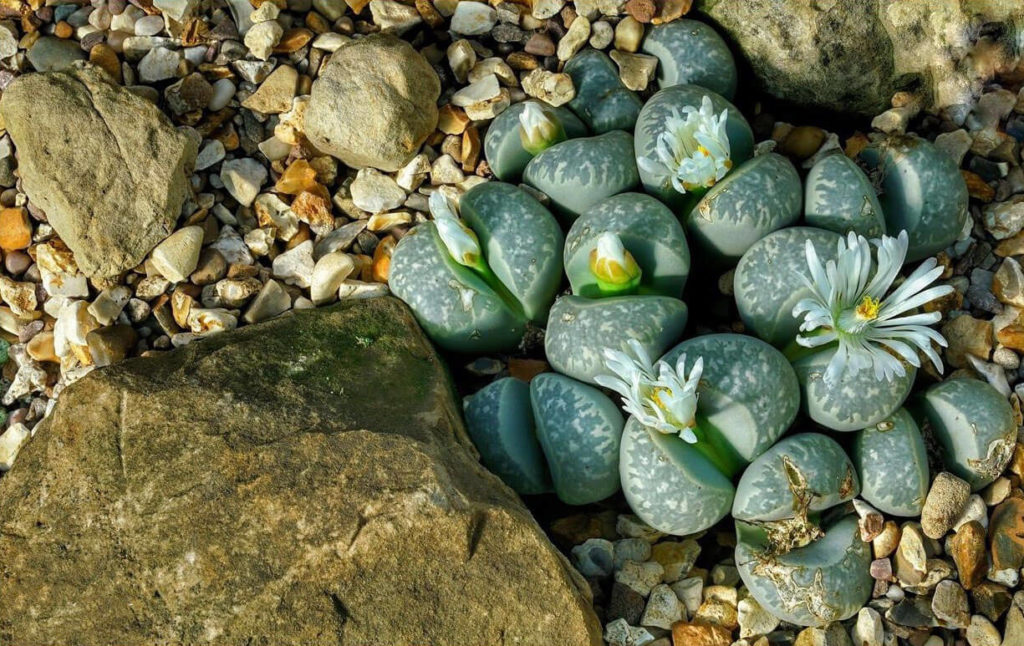
The vast majority of plants, including succulents, live in soil, which provides several benefits:
- Soil works with the roots to anchor the plant in place, securing it from the buffeting forces of wind, rainfall and mudflow. This maintains its position relative to sun exposure, shade and other plants.
- Soil also holds onto water, making it available to the plant’s roots.
- Equally important, good soil has tiny pockets of space that hold air, which is essential for photosynthesisPhotosynthesis (FO-to-SIN-thuh-sis) is the process plants us... More, making it available to the roots.
- It also insulates the plants’ roots from dramatic temperature shifts.
- And soil supplies roots with nutrients for the plant’s development.
You can see the importance of soil as the importance of the plants’ roots. A healthy, vigorous root system is the foundation for a healthy and vigorous plant. Succulents share these needs, with some specific adjustments. Different types of plants need very different types of soil. Let’s see how succulent soil meets the needs of these water-storing plants.
Succulent Soil Specifics
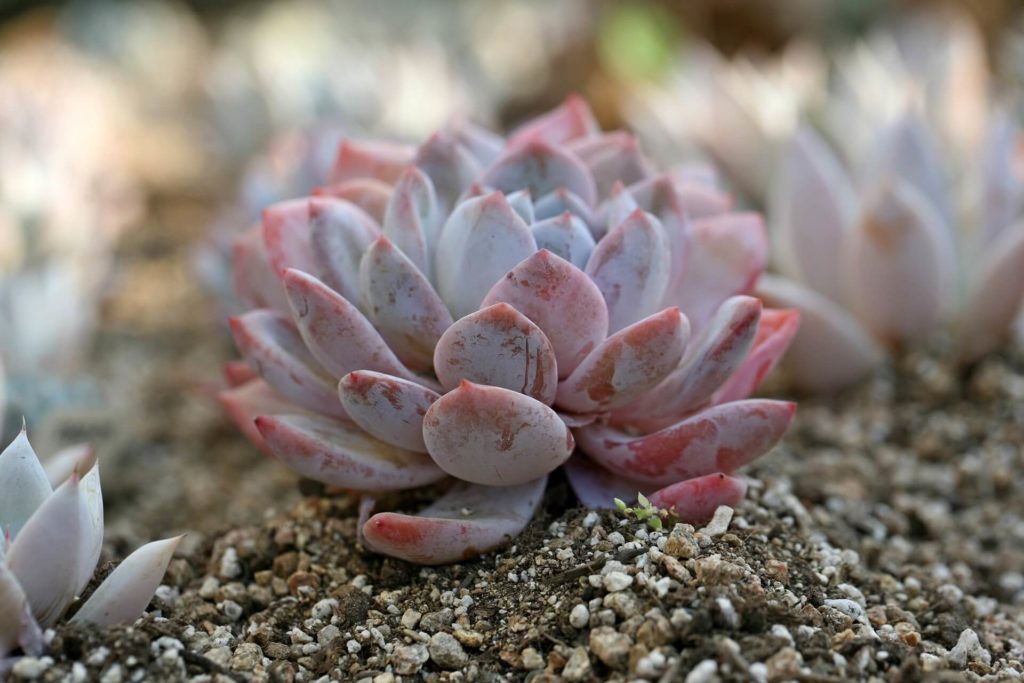
Succulents need all the benefits soil provides. But their specific needs are a bit different from most plants, particularly with regard to water and nutrients. Succulents do need water, but their specific adaptations to store water mean they cannot tolerate saturated soil. It is important that succulent soil drains quickly. For this reason, using a generic potting soil will be a problem for succulents. Most plants want more water-retentive soils than succulents do. So, if you are selecting a pre-packaged potting soil, be certain it is labeled for succulents or cacti. Otherwise, it will hold too much water for the succulents and will lead to root rot.
Succulents also thrive with nutritionally lean soils. Too much nitrogen — a common nutrient in most potting mixes — will cause rapid, weak growth, as well as burning and rotting of both leaf and root for your succulents. So take care to avoid using straight generic potting soil, or one with plant food added when potting your succulent plants. Instead, provide a gritty mix for your succulents with fast drainage and plenty of air pockets.
Best Soil for Succulents May Need Adjustments
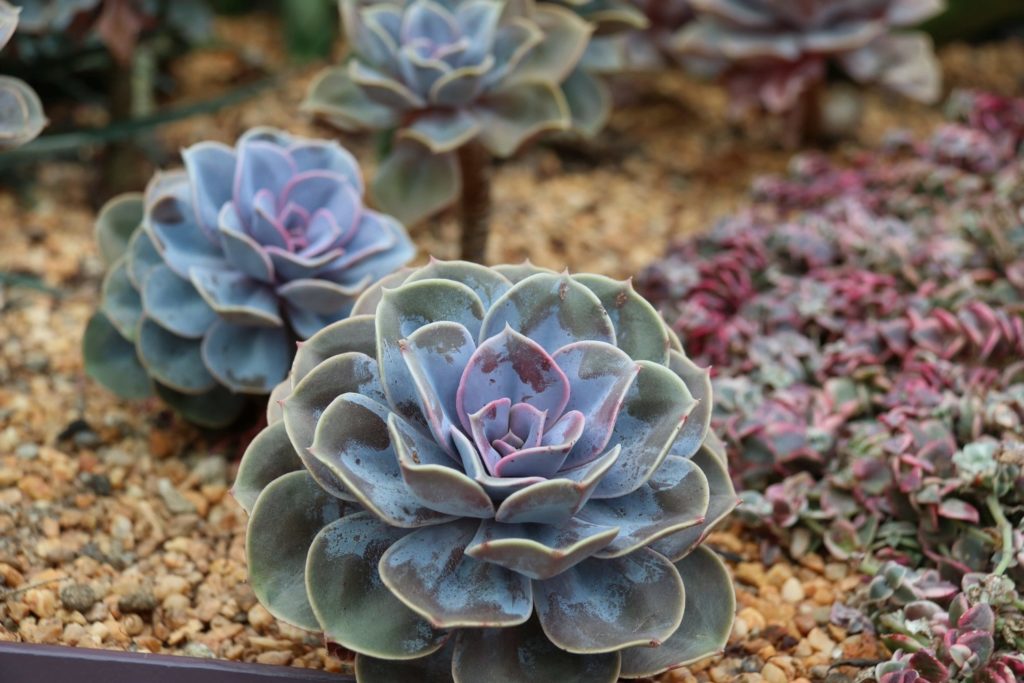
Succulents can quickly become a bit of an obsession! That is why it is so great that you do not need any specific, expensive soil for great results. Most brands’ commercial succulent potting mix is gritty, fast-draining and will work fine if you take a little care with them.
The best soil for succulents in my garden may not be the same for your garden. I live in southern California, where rainfall is rare in spring and summer, and not too plentiful in fall or winter. So a commercial mix with a large amount of water-retentive peat moss works just fine for me. If you are in Florida, or another location with frequent rain, it is important to look for greater drainage from your soil. Then, too, some succulents will thrive with the soil right out of the bag, while others, like cacti, may need even faster drainage.
Let’s look at enhancing your soil to suit your succulents and your climate.
Pumice for Gardening with Succulents
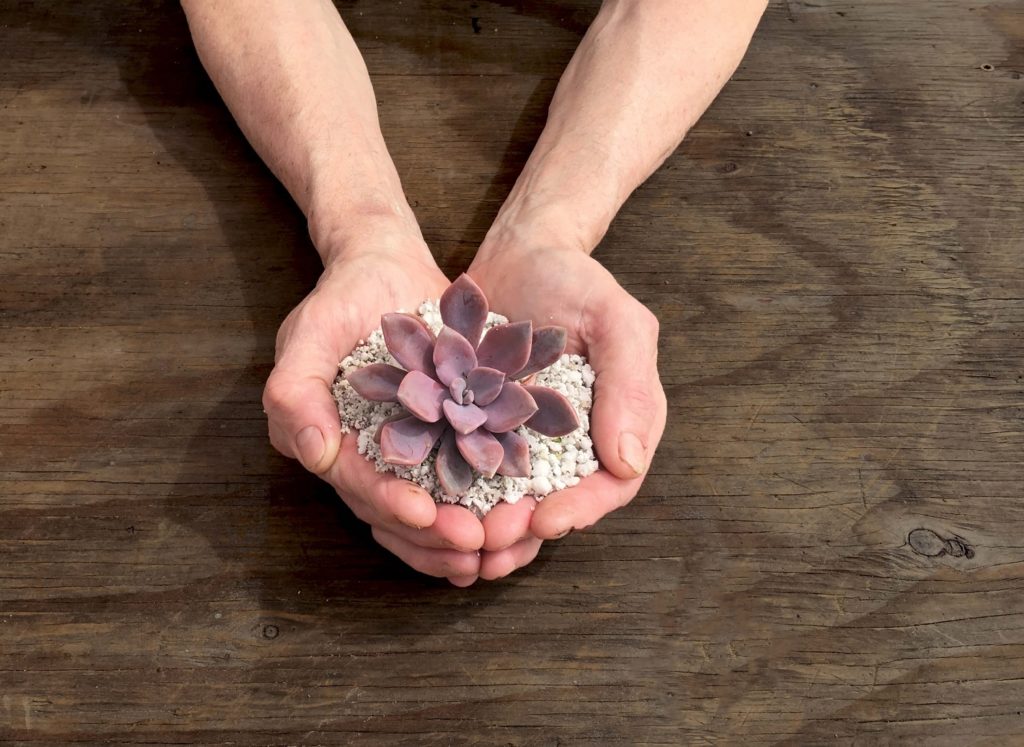
Pumice is a very lightweight, volcanic rock that is mined for use in farms and gardens. As a natural, unprocessed soil additive, It has many specific properties that make it valuable for growing succulents. Pumice actually absorbs moisture, and releases it slowly as the surrounding soil dries. Tiny pores in the rock also hold air pockets, helping to aerate the soil. Pumice is naturally rich in micronutrients that are exceptional for healthy succulents. Unlike the feather-weight, lookalike perlite, pumice will not float up through the potting soil with each watering. To improve the drainage of your succulent soil, simply add pumice!
You can purchase pumice online, or at the local nursery labeled as pumice. Or look for a product called Dry Stall (but NOT Stall Dry!) at the local feed store — it is pumice, too!
Coco Coir for Succulents
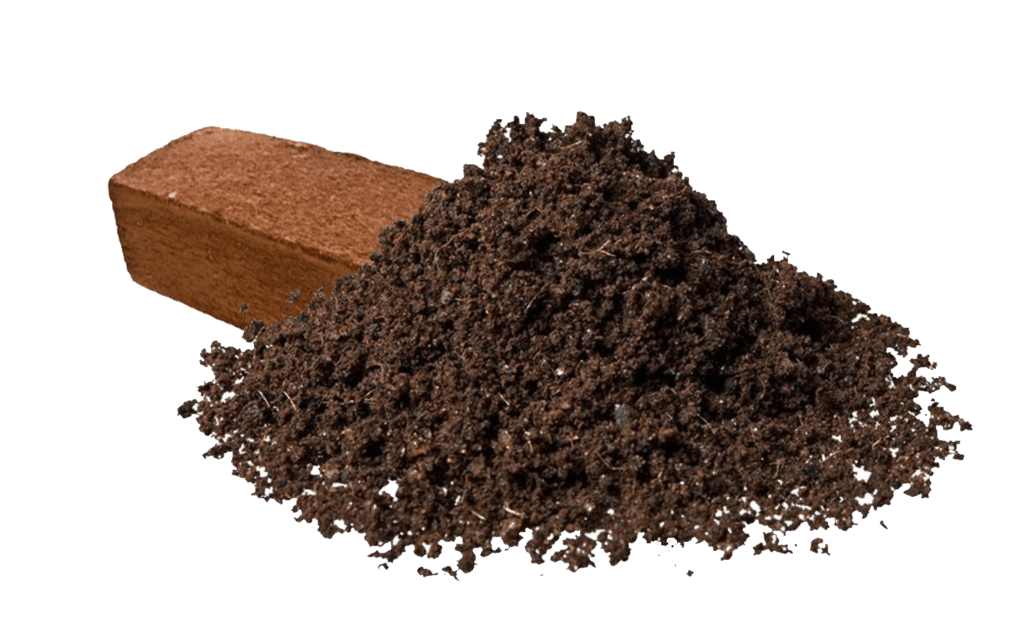
Coco coir is a natural by-product of harvesting coconuts. It is the coarse fibers removed from the coconut husk. It is a wonderful organic soil amendment for gardening, it holds moisture well, while releasing it easily and draining well. Most importantly, it accepts water well once it is dry. Peat moss, a more commonly used additive, is far more difficult to wet when it is dry, making it difficult to water succulents. Coco coir also lasts longer than does peat moss, which breaks down more rapidly. Finally, harvesting peat moss is severely damaging to the environment. Coco coir is a readily renewable resource and a far superior product for all gardening needs.
DIY Succulent Soil
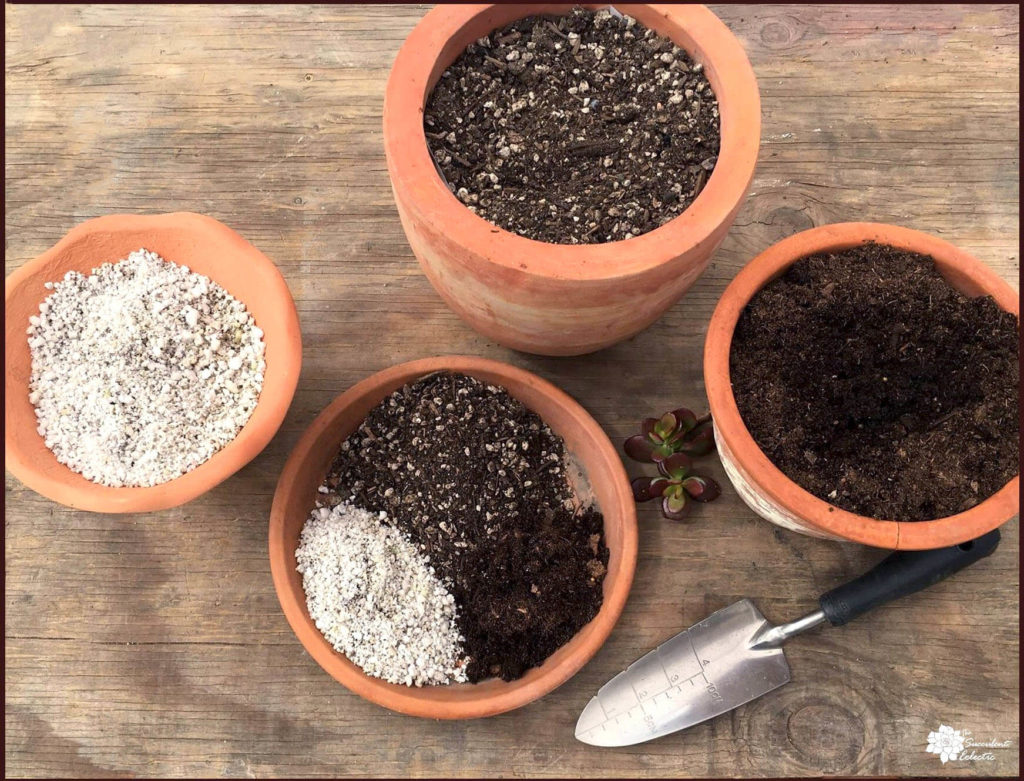
Like the celebrated garden photojournalist, Debra Lee Baldwin, I typically plant my succulents in a commercial succulent soil or I make a roughly 50/50 blend of pumice and general potting mix. This works so well for me because my climate is ideal fro growing succulents. If yours is more humid, or you have frequent spring and summer rains, it is easy to adjust commercial soil for better drainage. If you garden where there is a lot of rain, but want the ease of a pre-made succulent potting mix, try one like this, and add pumice for greater drainage. Figure 2 parts succulent soil to 1 part pumice for a great, fast-draining succulent soil mix! This is also a good blend for use with cacti.
Another simple DIY succulent soil recipe is this one, made from pre-packaged succulent soil, pumice and coco coir. I use about 3 parts succulent soil to 2 parts pumice and 1 part coco coir. The result is a nicely gritty mix that drains rapidly and well while providing great support for growing my succulents.
Succulent Soil FAQs
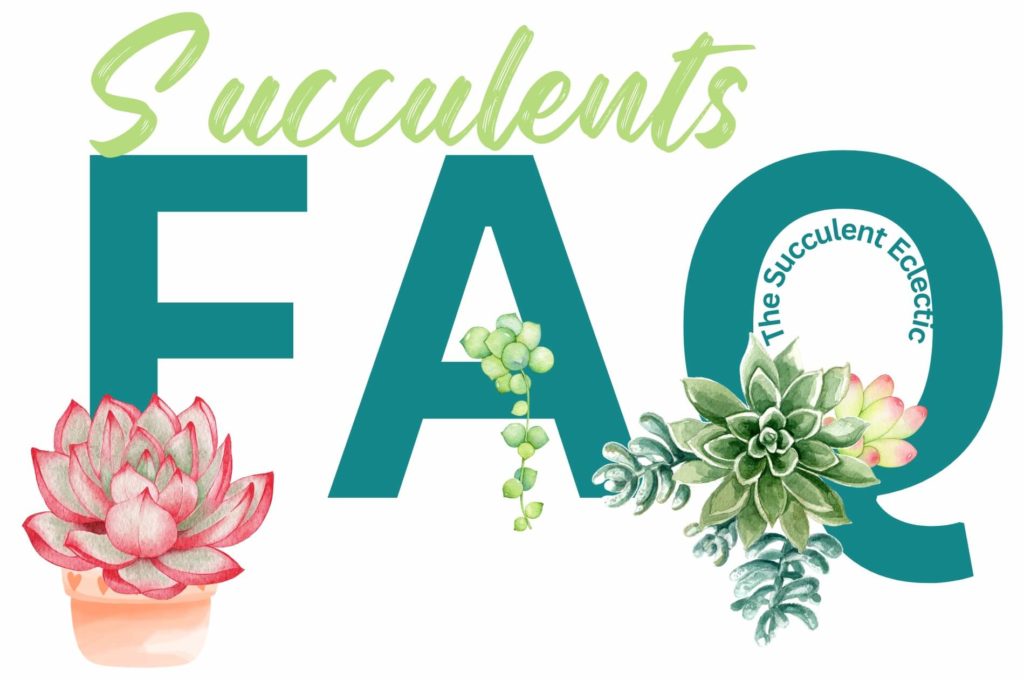
What is the best soil for succulents?
A gritty mix that provides excellent drainage, good airflow, and that is nutritionally lean is the best soil for succulents. However, the composition of the best succulent soil changes from one climate to the next. What works best in a warm and humid climate may drain too fast in a dry climate. So, it is essential to learn how to adjust your succulent soil to accommodate your climate.
Is cactus soil good for succulents?
Good quality cactus soil is ideal for growing succulents, cacti, and bonsai plants. It provides excellent drainage, promotes healthy roots, and allows good airflow, which is essential for photosynthesis.
Pumice vs. Perlite – Which is best for succulents?
Pumice is far superior to perlite for use with succulents. While both enhance drainage, perlite is so lightweight, it “floats” up through the soil, and sits on the soil surface, far from the roots it is to benefit. Pumice stays in place, absorbing water, then releasing it gradually as the succulents need it. Further, pumice enriches the soil with over 70 beneficial trace minerals.
Is Bonsai Jack the best succulent soil?
Bonsai Jack’s gritty mix is an excellent soil for succulents, but not the best. It drains so fast, users don’t learn proper watering techniques for their succulents. Better to adapt the soil to the climate and master your watering skills.
Succulent Soil
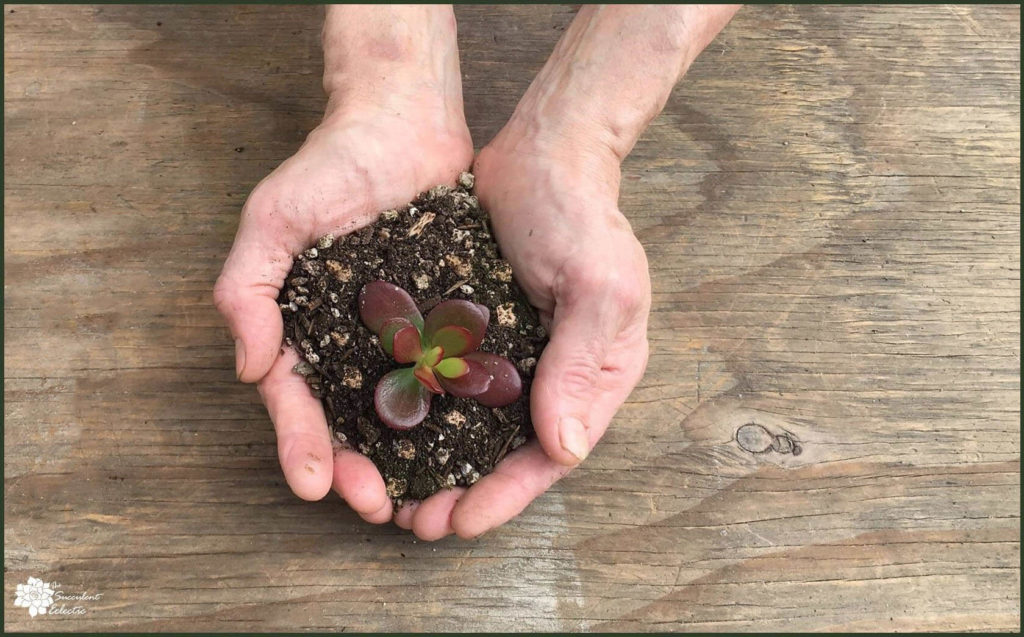
There are many succulent soil mixes on the market, and they will all do a great job for you if you take your own climate into account. Further, every succulent grower I know has their own favorite recipe for their own soil. Don’t let this intimidate you! You don’t need to spend a fortune on a specific “best” soil for your succulents. Nor do you need a specific recipe. Understand the needs of your succulents when it comes to soil. Make adjustments as necessary by adding pumice to improve drainage. And pay attention to your plants! Soon you will have a feel for what soil you and your succulents are happy with. And that is the very best succulent soil!
Happy gardening!

P.S. Please subscribe and enjoy my FREE course, 7 Steps to Succulent Success. Thanks so much!
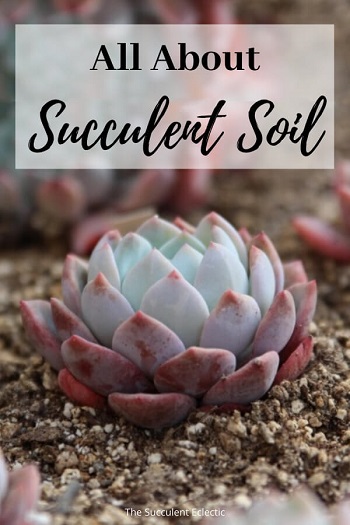
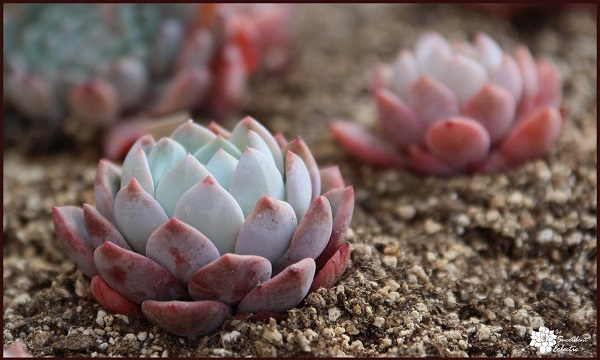
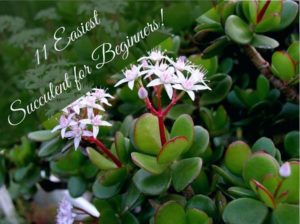
![Read more about the article How Much Light do Succulents Need? + [Infographic]](https://thesucculenteclectic.com/wp-content/uploads/2020/10/how-much-light-do-succulents-need-300x193.jpg)

This is one of my favorite articles. I live in South Florida and lately our rainfall has been less than previous years. Growing succulents here is difficult. Either too much rain or too much intense heat. The tips about various additions to the succulent soil is extremely helpful. I use Bonsai Jack and add some succulent soil to it in most cases.
Thanks so much, Anita!
You live in one of the few climates where I do recommend Bonsai Jack. Your high humidity and heavy rains really make the investment worth it. You might also want to look for very shallow pots for your succulents, so they have less soil to soak up water (and you can use less Bonsai Jack!).
~Kat